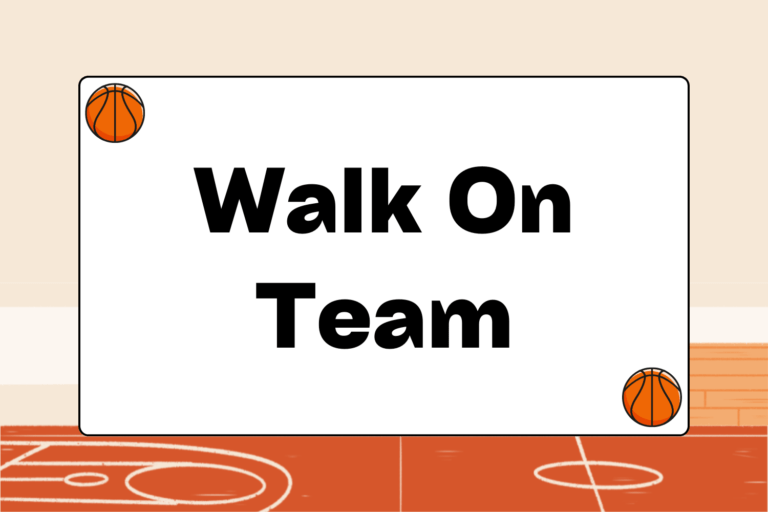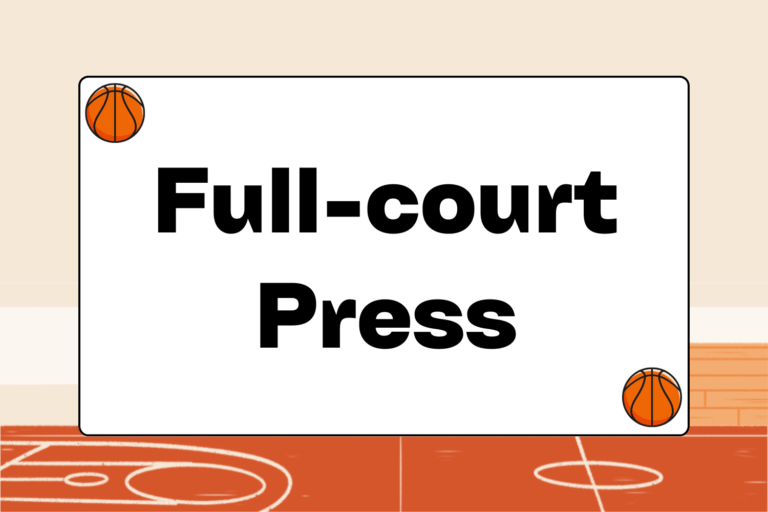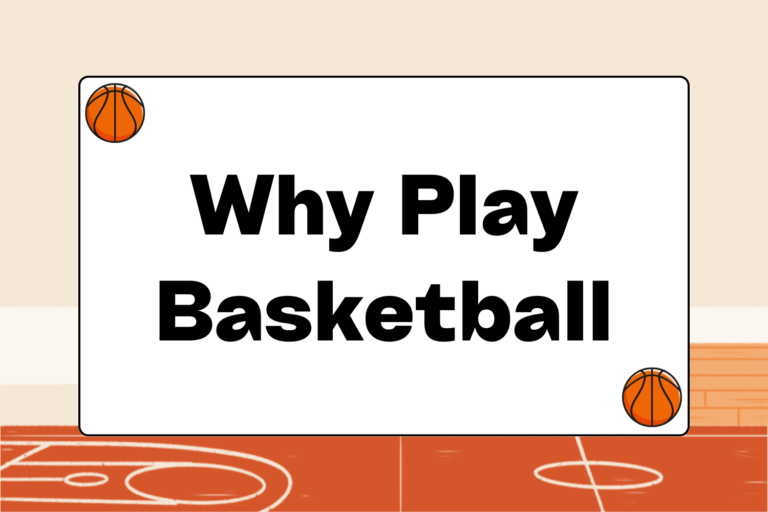There is a wide range of basketball equipment designed to help you become a better player. Sporting equipment stores offer everything from medicine balls, weighted vests, balance boards, plyometric platform shoes, and resistance bands. Each of these has its advantages, and when used regularly as part of a systematic workout routine, can help the developing basketball player.
The type of equipment you choose to help you grow as a player depends on your interests and habits. For example, a player looking to improve his vertical leap might buy a pair of plyometric platform shoes. However, a different player looking to build the same jumping ability may find that resistance bands and an eight-pound medicine ball yield the same or better results.
Finding the right basketball training equipment often requires some advice from teammates and coaches, along with trial-and-error patience. It also depends on the type of player you’re looking to become. This guide outlines some basic pieces of equipment that are easy to find, affordable, and can help you become a more effective player.
Shoes
Basketball shoes should be considered the essential tool for basketball players. However, it’s not always easy to find the right pair of kicks. Different brands and styles offer different strengths, and finding the right pair depends on what you’re looking for in a shoe. The best shoes offer simplicity and comfort. In most cases, they should be light-weight and fit your foot like a second skin.
Here are a few things to remember when shopping for the right shoe:
- The closer you play to the basket, the more support and cushion you probably need.
- Post players tend to benefit from high-tops, or shoes that provide more ankle support and greater stability.
- Perimeter players tend to choose flexible shoes that have moderate support and offer more maneuverability.
- Experimenting with different brands helps narrow down the brands you like and what you look for in a shoe.
Heavy Ball
Heavy balls are three- or five-pound basketballs that offer the size and feel of a regulation ball while helping to develop hand and forearm strength. Passing drills with a heavy ball develop crisp technique, while shooting drills build strength and reinforce proper mechanics.
Passing Drills
Stand 10 feet away from a teammate or wall and practice chest passes, bounce passes, and overhead passes. Passing and catching both require extra concentration, and the motions build muscle in your hands and forearms. Delivering a clean pass with a heavy ball will force you to snap your wrist and follow through every time.
Shooting Drills
Without proper mechanics, it’s impossible to shoot a heavy ball accurately. Your elbow must be in and your feet must be set. The heavy ball reinforces technique, while also building hand and forearm strength. However, don’t shoot beyond 10 feet from the rim. Doing so can disrupt your mechanics.
Rebounding Drills
Rebounding drills with the heavy ball build power and explosiveness. For example, you can build fast-twitch muscle fiber with one-handed tip drills. To complete this drill, explode off the ground in sets of 10 and tip the ball off the backboard with one hand. Make sure you check out our guide on Effective Rebounding Drills for Basketball if you want to improve as a rebounder.
Jump Rope
Adding the jump rope to your regular workout routine builds endurance, foot speed, and fast-twitch muscle fiber. It’s also a fun way to vary conditioning drills with a few different jumping techniques.
- Time your sets and see how many two-legged jumps you can perform within a minute, two minutes, or longer.
- Mix up your routine by throwing in single-leg jumps. Alternate with five repetitions on both feet, followed by five on your right, five on your left, and back to both feet.
- Throw in double jumps in which you swing the rope around twice between each jump. You can also twist the rope by crossing your arms and bringing the rope around, then crossing them back.
Jump ropes are a great way to vary your routine, and you can toss in different techniques over the course of a solid, five-minute set.
Ball-return System
A good ball-return system is the best way to maximize your shooting practice. A teammate who rebounds for you is the best ball-return system, but when that’s not possible, a simple piece of ball-return equipment is a worthwhile investment. They’re inexpensive and easy to fasten to a basket. In addition, they allow you to set up for your next shot without having to track down a rebound.
In the not-so-distant past, ball-return equipment consisted of a diagonal net or wallboard beneath the basket. Now, it comes in the form of a rotating chute fastened by straps to the rim that spits out the ball in your direction. It helps develop rhythm and mechanics, and is essential if you’re a perimeter player looking to develop range and touch.





